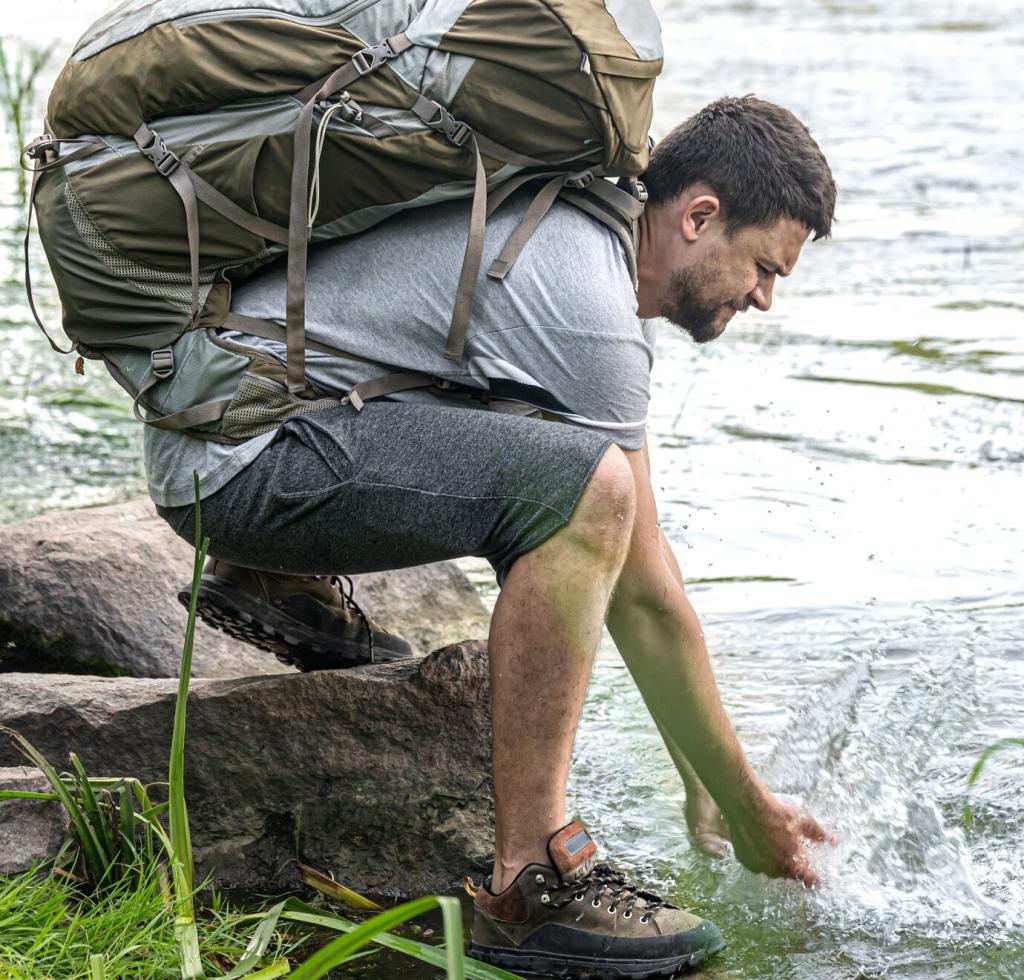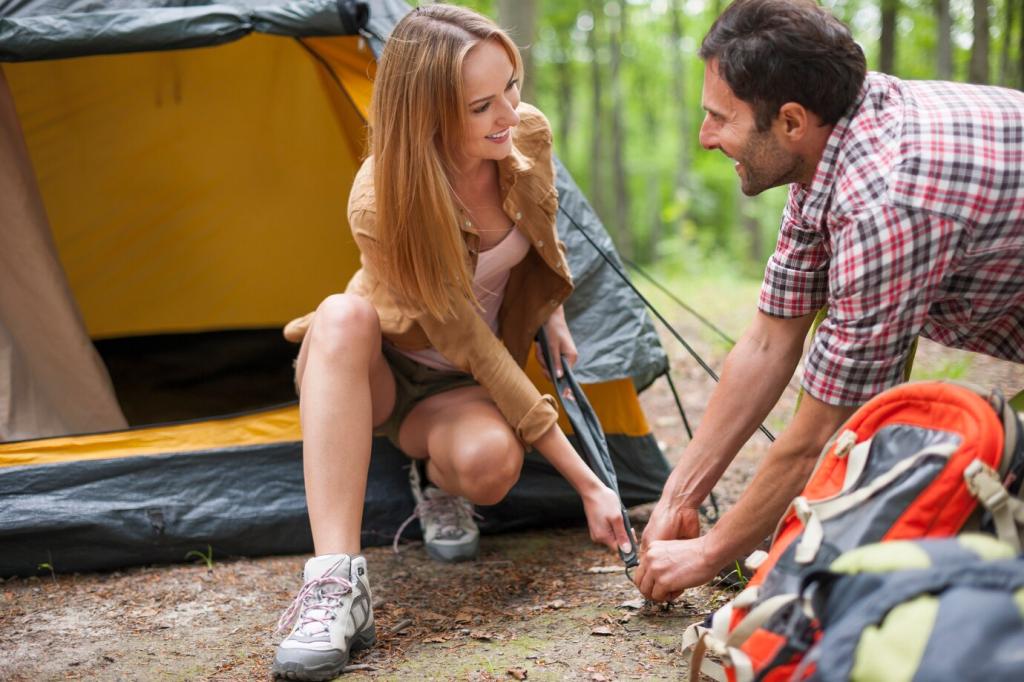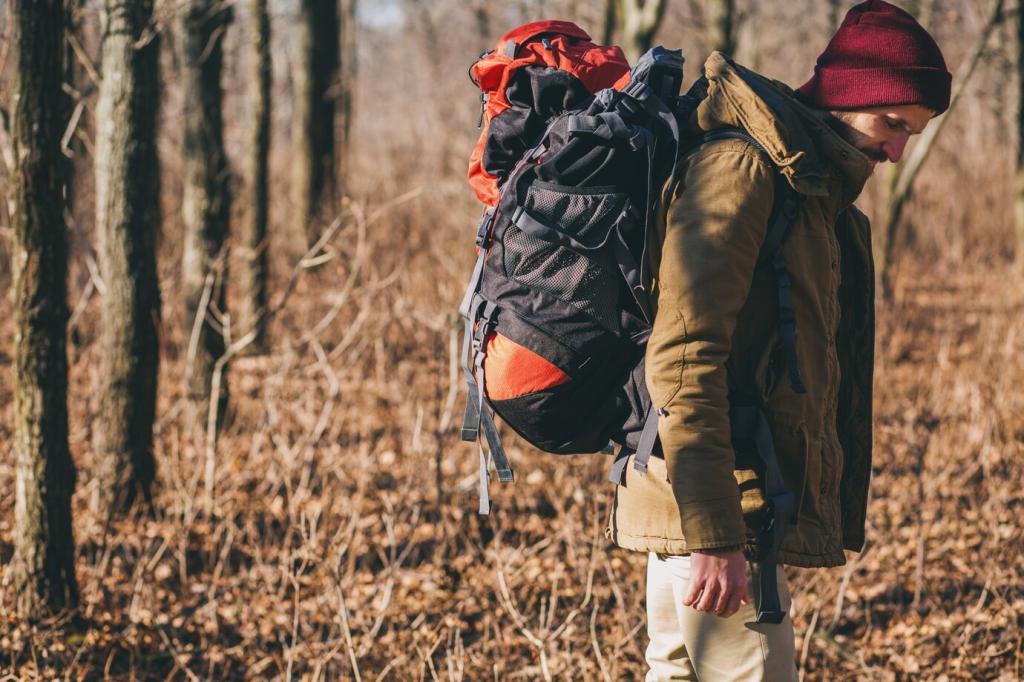Hiking with Dogs and Kids Safely
A short, reliable leash keeps curiosity from becoming conflict. Dogs can provoke defensive wildlife reactions by running ahead or chasing. Keep them close, yield early to give animals space, and reward calm behavior. Pack out pet waste to reduce disease spread and keep habitats clean.
Hiking with Dogs and Kids Safely
Practice a freeze-and-back-away drill at home. Teach kids to make themselves look big if a cougar is sighted, never run, and keep eyes on the animal while retreating. Explain why fawns and chicks must never be approached, even if they seem alone or distressed.





